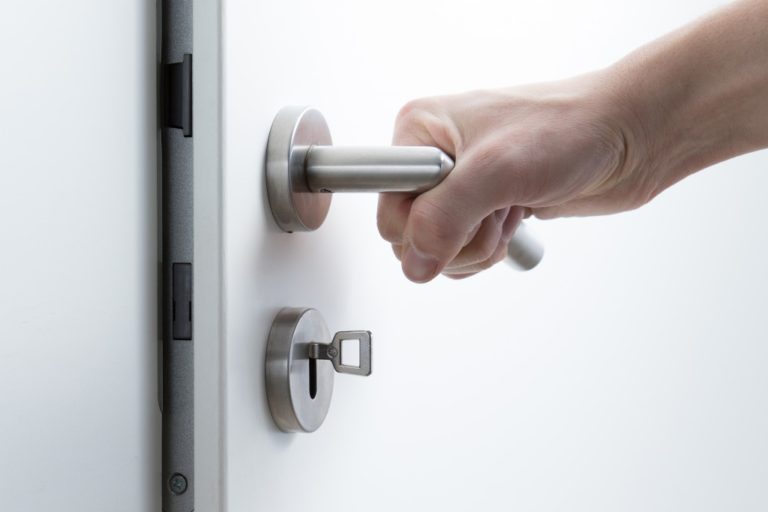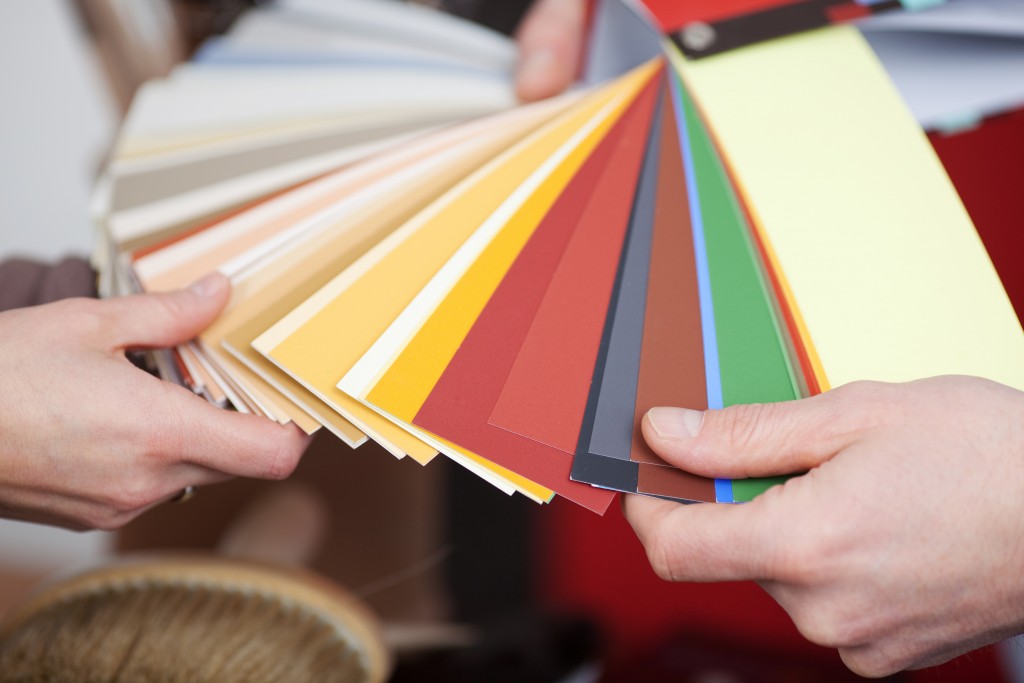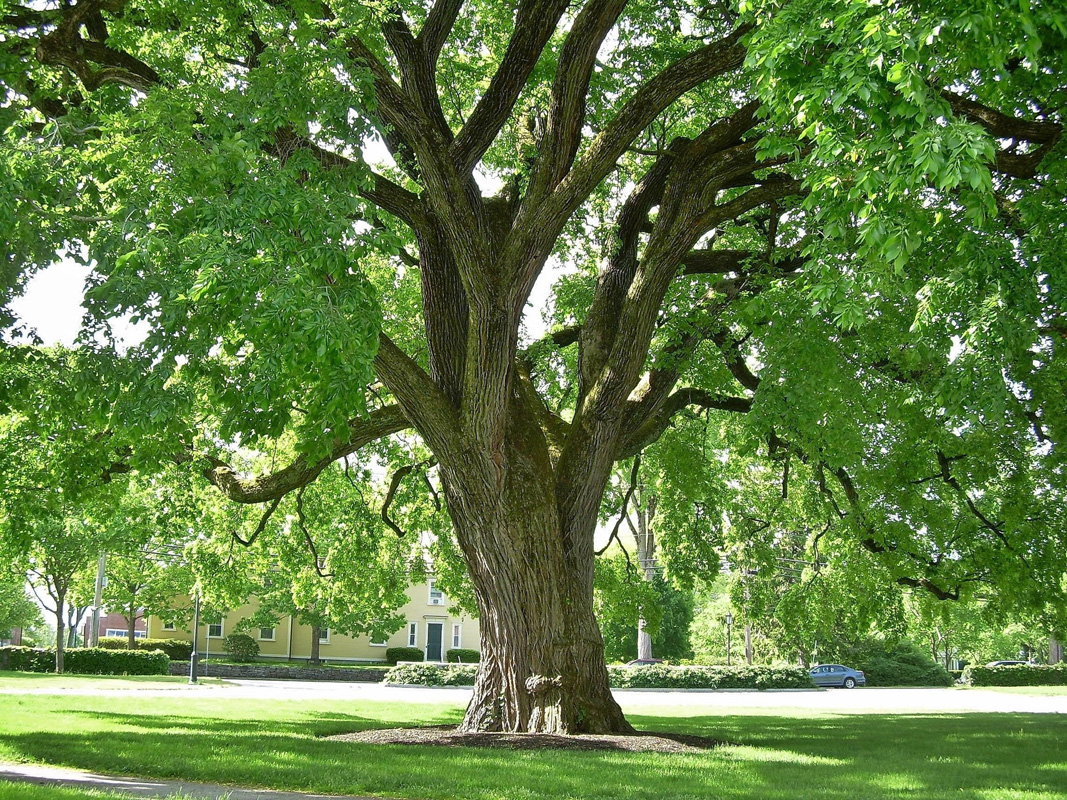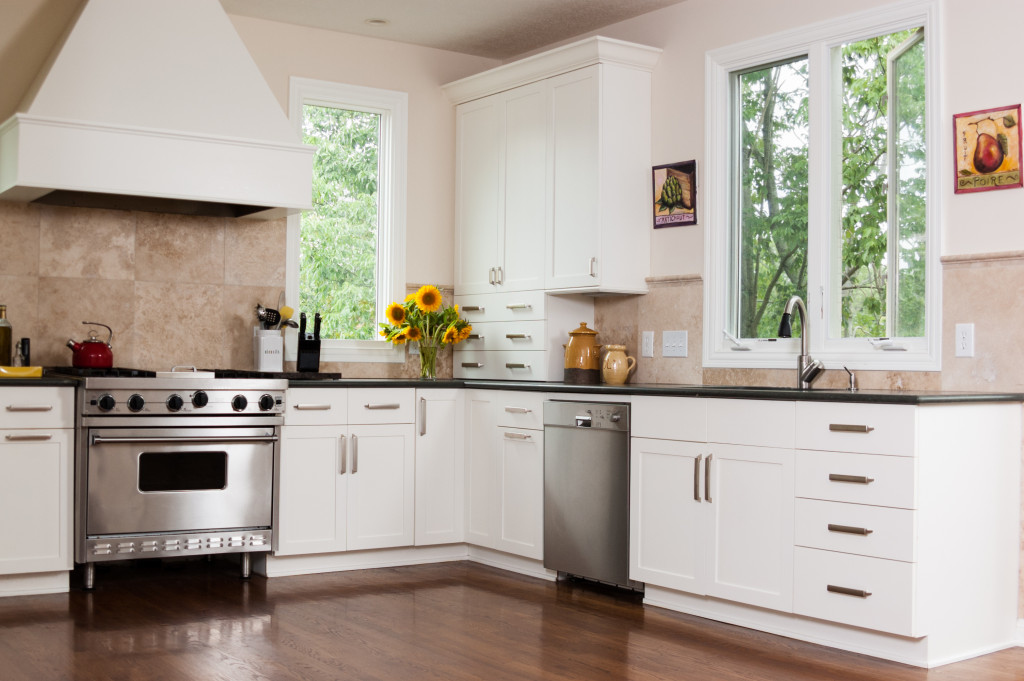Doorknobs may be one of the architectural ironmongery items that we take for granted. Often we check if it has a good lock, a sturdy key, and if its style or material matches or goes with the doors and overall aesthetic of the home. However, there are different types of doorknobs, each with their usage and security features.
So, before you go to your nearby architectural ironmongery shop to buy doorknobs for your new house or apartment in London, here are the basic types of doorknobs you have to know about and how to maintain them:
EXTERIOR DOORKNOBS
These are the types of door knobs that are usually used in a home’s entry and exit ways (i.e. the front door and back door):
Keyed Entry (or Keyed) Knobs
This is one of the most common doorknobs you’d see in any architectural hardware or ironmongery shop, which is even sometimes used inside houses and the main door of apartment units. As the name suggests, keyed entry knobs require keys unique to the doorknob’s keyhole when unlocking. Keyed Entry knobs can be locked from the inside or outside, although it requires a key when locking from the outside. Most of the time, keyed entry knobs are packaged to include a deadbolt lock. The common issues with keyed entry knobs are that if keys are bent or snapped, or if you lose the key, you’d need a locksmith and may sometimes even require to have the entire knob changed.
Keyless Entry Knobs
Keyless entry knobs forego conventional keys for smart or electronic codes. Unlike keyed entry knobs, you don’t have to replace the knob if you lost or broke the keys, or if you had your keys stolen; if you feel like someone’s been spying on you, or your code is compromised, it’s relatively easy to change codes. Regardless, it is recommended to alter codes once in a while. So if you’re someone who keeps forgetting keys, keyless entry knobs might be for you.
INTERIOR DOORKNOBS
These are used for doors that are found inside the house (such as into master bedrooms, guest rooms, bathroom, etc.), instead of doors that lead outside or inside the house. They’re most often used for privacy but still offer a level of security.
Privacy Knobs
Doors to your bedrooms and bathrooms should have privacy knobs, not only to keep the people and things inside it safe but to provide privacy. Privacy knobs can only be locked and unlocked from the inside. Privacy knobs usually don’t have keys (as they’re only locked and unlocked by those inside), however, if you accidentally lock yourself out for whatever reason, it can be unlocked with a small screwdriver or a long thin object that can be inserted into its pinhole.
Passage Knobs
Passage knobs, also called hall or closet knobs, have no keys or locks and are used for rooms and entryways inside the home that don’t require privacy. Most passage knobs are used for storage rooms, laundry rooms, and children’s rooms (so they don’t accidentally lock out their parents).
Dummy Knobs

Dummy knobs are mostly aesthetic and have no closing or locking mechanism whatsoever, and are used for cosmetic purposes. They are usually used for double-doors (with the one doorknob having the locking and closing mechanism, and the other being a dummy knob).
Conclusion
Doorknobs are an essential part of every home; they keep intruders away and provide us with both safety and privacy. But with all these different types of doorknobs, it’s best to know which ones you should use for the various doors of your home.






